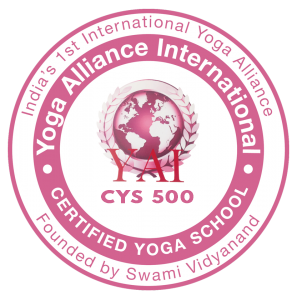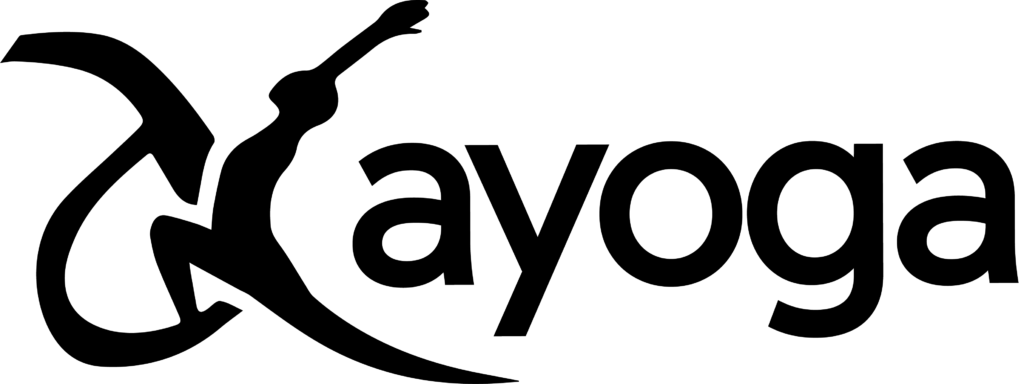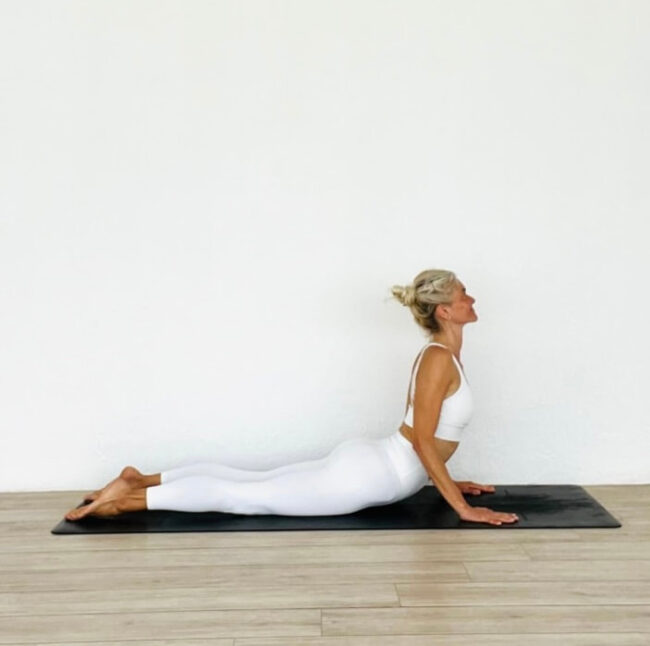Information



How to practice Buujangasana cobra pose in yoga with different variations to try.
Bhujangasana or cobra pose, is a beautiful asana from the backbends category. And whilst it might not seem as complex or “glamorous” as other more dynamic back-bending postures, Bhujangasana is both and much more.
To understand cobra pose, we must first learn the foundation of it, which we can translate as the advised body alignment. Sometimes it is confused with Urdhva Mukha Svanasana (upward facing dog). The difference between the two is that in Bhujangasana the top of the feet, shins, knees, thighs and the pubic bone area are on the mat, whilst in Urdhva Mukha Svanasana, only the palms and top of the feet are on the mat.
Bhujangasana helps us to develop strength in the arms and the back muscles and it teaches us to open our heart space. This is a “yoga” term we use as teachers for the shoulders and chest which are part of Anahata, the heart chakra. In order to be able to open the chest, as a general practice for all backbends, we must first work on the lower body and on opening the hips area.
In Bhujangasana, we keep the legs and the glutes active which supports the lower back/takes pressure off it and it creates the solid foundation for the upper body to begin to open; the hips are in extension and if there is any stiffness in the psoas area, this will make it difficult to expand the rib cage and stretch to the point of the shoulders and chest opening. Whilst the solar plexus area is also stretching to assist the opening of the chest, the core is kept slightly active to support the lumbar spine from overextension.
The name Bhujangasana comes from “Bhujanga” which means serpent/snake and asana which is physical yoga posture. So Bhujangasana resembles the shape/form of a snake.
A snake is flexible and fluid in its movement and has a long and flexible spine which allows it to move in all directions. This level of flexibility and lengthening of the spine creates the rising of the hood. Whilst it does not necessarily reflect our upper body structure, what we can learn is to work on the flexibility of our spine. And Bhujangasana can help us with this.
It improves flexibility of the spine and strengthens the shoulders and back muscles. Bhujangasana also helps us practice the key movement of thoracic spine extension, which creates the opening of the chest and shoulders.
The elbows can be bent or the arms can be straight.

Variation 1: Salamba Bhujangasana

Variation 2: Seal pose which is used in Yin Yoga.

Variation 3: Parivrtta Bhujangasana

Variation 4: Restorative yoga gentle option
